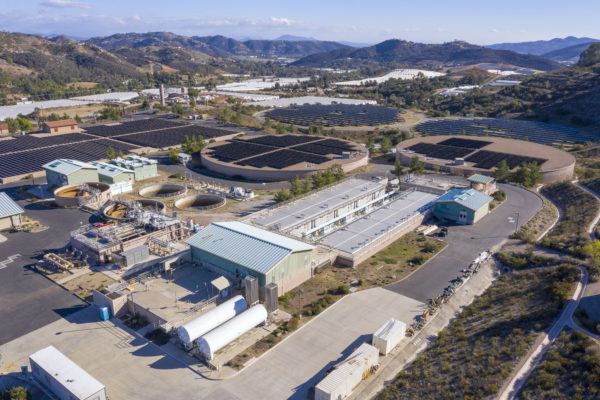Water Authority Maintains Regional Water Facilities
The Water Authority works constantly to ensure that its complex network of water transportation, treatment and storage facilities are operated and maintained efficiently so it can provide a safe and reliable water supply to support the region’s economy and the quality of life of its residents. The region’s aqueduct delivery system consists of more than 300 miles of large-diameter pipeline in two aqueducts, 1,600 aqueduct-related structures, and over 100 flow-control facilities, occupying 1,400 acres of right-of-way.
Approximately 80 percent of the county’s water is imported through the Metropolitan Water District of Southern California, from the Colorado River and the State Water Project. The water flows to San Diego County through five large-diameter pipelines. The Water Authority takes ownership of these pipelines just south of the Riverside-San Diego county line. The main pipelines range in size from 48 to 108 inches and carry either fully treated potable water or untreated water that is then treated within the county.
Major facilities associated with the delivery system include the Olivenhain Dam and 24,000 acre-foot reservoir, the Twin Oaks Valley Water Treatment Plant, metering and control facilities, pump stations, hydroelectric generating facilities, pressure control stations, regulatory structures, an operations and maintenance center and administrative office.
Lake Hodges Pumped Storage Facilities
Lake Hodges, San Diego, CA, USA
Olivenhain Dam and Reservoir
Olivenhain Dam & Reservoir, California, USA
San Vicente Facilities
San Vicente Dam, Lakeside, CA, USA
Twin Oaks Valley Water Treatment Plant
3566 North Twin Oaks Valley Road, San Marcos, CA, USA
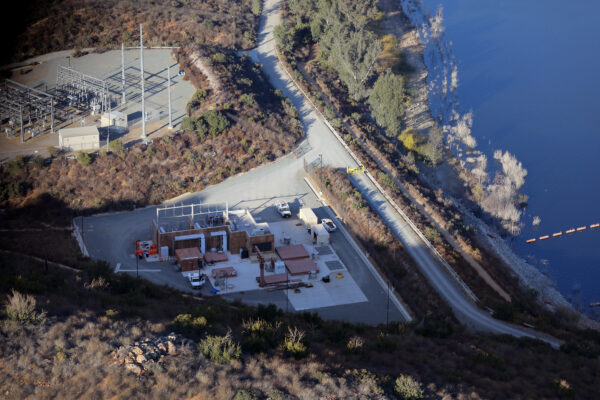
Lake Hodges Pumped Storage Facilities
The Lake Hodges Projects are part of the Water Authority's Emergency & Carryover Storage Project, a system of reservoirs, interconnected pipelines and pumping stations designed to make water available to the San Diego region in the event of an interruption in imported water deliveries.
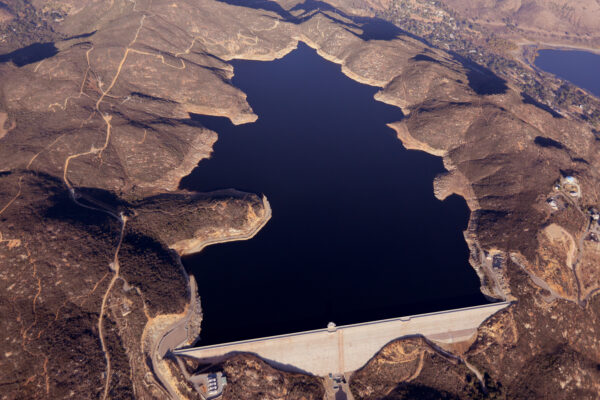
Olivenhain Dam and Reservoir
Olivenhain Dam and Reservoir are important investments for the future reliability of San Diego County’s water supply. Construction on the dam began in August 2000, and the first water flowed into the reservoir three years later. The Olivenhain Reservoir has a storage capacity of 24,000 acre-feet of water – enough water for a year for 60,000 typical families of four.
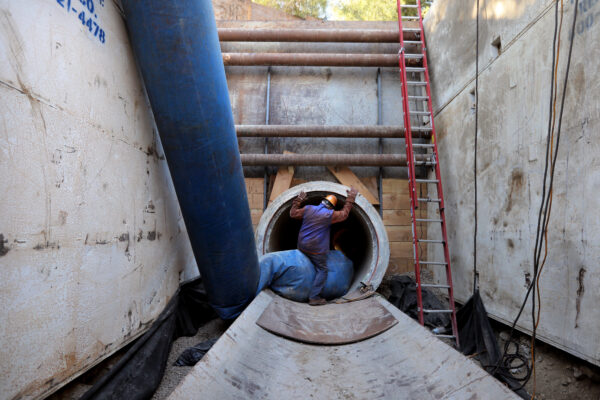
Pipelines
The San Diego County Water Authority’s pipelines extend approximately 310 miles to convey water throughout San Diego County. Approximately 82 miles of the pipelines are pre-stressed concrete cylinder pipes. These types of pipes were installed between the early 1960s and the late 1980s, servicing many large diameter water distribution systems throughout the world.
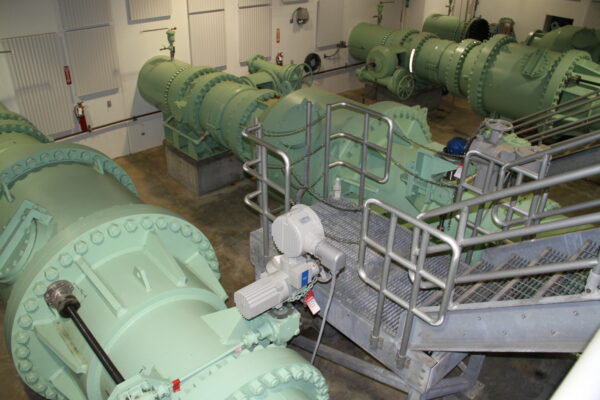
Pressure Control/ Hydroelectric Facility
The Water Authority’s Pressure Control and Hydroelectric Facility, located in the Mira Mesa area, serves an important function in improving aqueduct operations and enhancing the flexibility of the Water Authority’s extensive water delivery system.
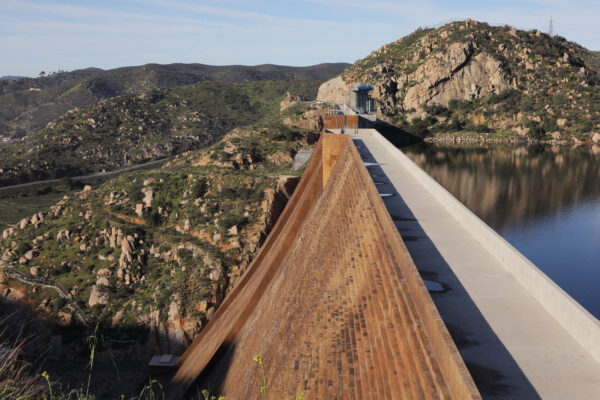
San Vicente Facilities
The San Vicente Facilities are part of the $1.5 billion Emergency & Carryover Storage Project, a system of reservoirs, interconnected pipelines and pumping stations designed to make water available to the region in the event of an interruption in imported water deliveries.

